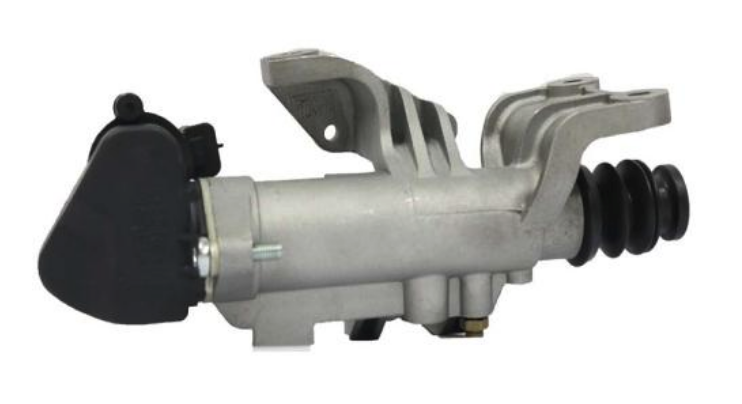In nowadays, automobile light-weighting has become the trend for the development in this industry. It will certainly call for an upgrade to the relevant materials, and this has led to the increasing demand for plastic modification. The estimated annual increase speed in this field will be above 15% for the next few years in domestic market.
The modified plastic has been proved to have better performance in flame retardant, tensile strength, impact resistance and toughness, comparing to general plastic. It has been applied to wide range of applications, and among all, the strongest increasing in demand comes from the automobile industry. It is estimated that the global market value for vehicle-targeted plastic will be 46.112 billion dollars in the year 2018, and will have a consumption of 11.3 million tons. The domestic market demand will be increased by above 15% annually for the next few years. The main factors include, the stable increase in global automobile production capacity, and expanding usage amount in each car for lightweight purpose. The examples of major applications are as follows.
The dashboard can be produced with rigid or soft textures. Normally soft texture made dashboard is popular with high class automobiles, while hard textures are usually applied in buses or trucks. The modified PP material is often used for production, and rubber type flexibilizer as well as inorganic stuffing materials are the choice. Meanwhile, PVC and ABS are suitable for the surface of the dashboard, because PVC is a bit weaker in impact and heat resistant, while ABS is better in mechanical properties and processing ability. More importantly these two types of plastics can have a good combination and shows better performance.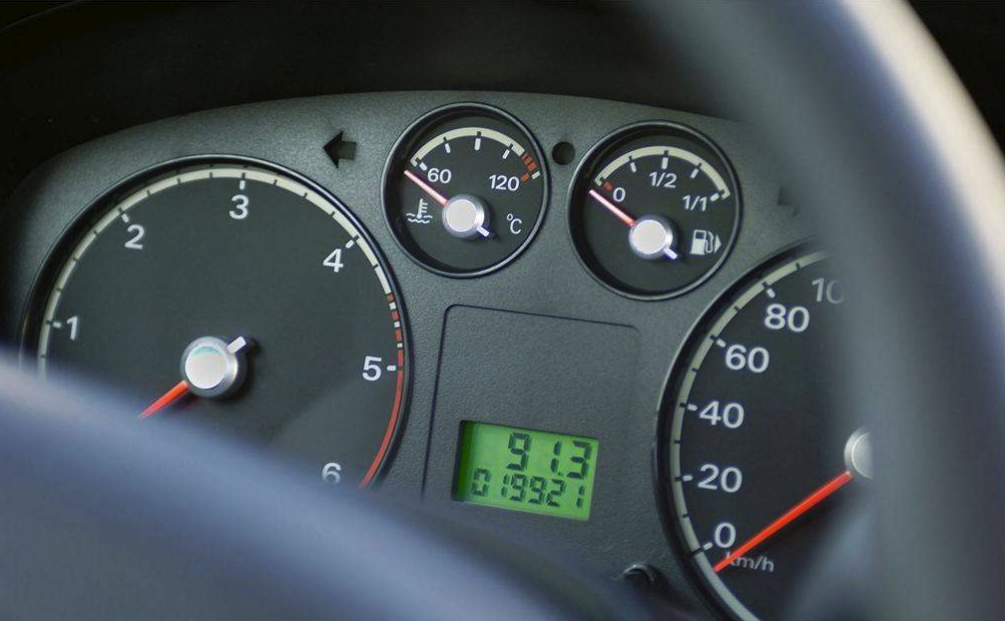
Presently ABS and PP are usually chosen for producing the inner panel of doors. After the framework has been made with them, and a surface made from PP foams, TPU and knitted polyester will be applied on it. For some car models in GM and Chevrolet, the material for framework and front panels is glass-fiber reinforced unsaturated polyester plastic, but in some cases heat-compression processed natural fiber and PP is used, and in this way a lighter weight, a lower cost, and a better sound proofing can be obtained.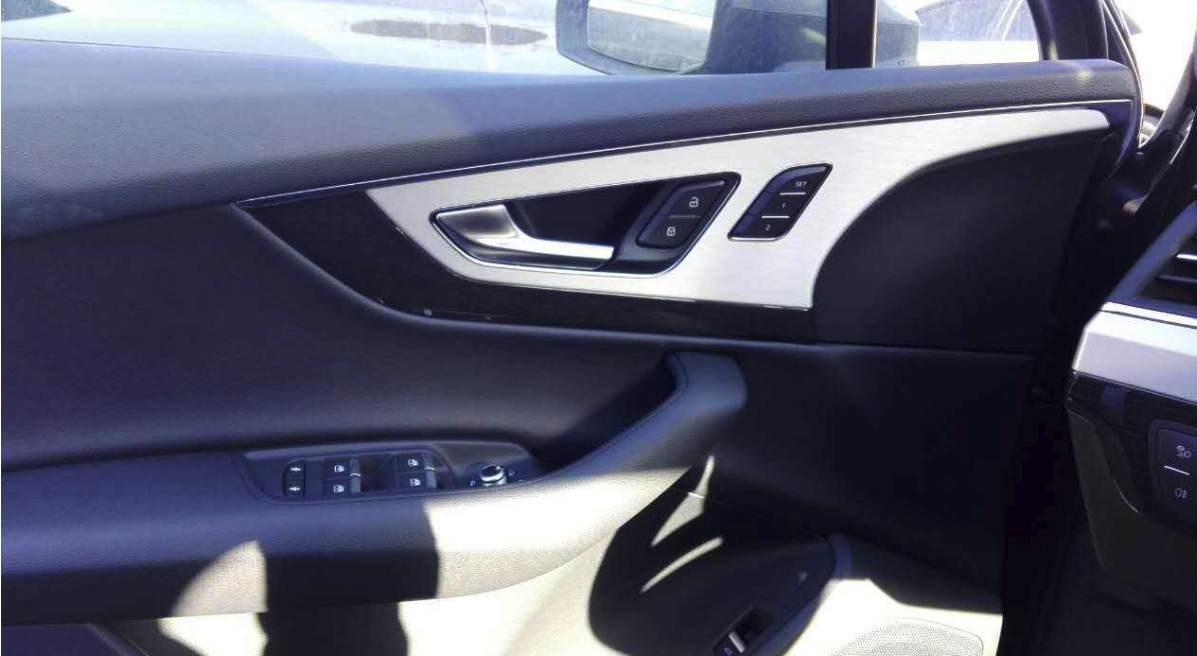
Comparing to the metal materials, modified plastic in fabricating outer cover parts has an advantage in smoother car body, more accurate in size, and better performance in quality, sound proofing, and vibration absorption. In this case, more applications have been seen on the covers of top roof, engine compartment, and rear trunk.
But due to the heavy load on car chassis, plastic application is facing some major problems. Up to now, some cases can be seen on transmission, suspension, steering and braking systems, and modified PBT and POM are often applied.
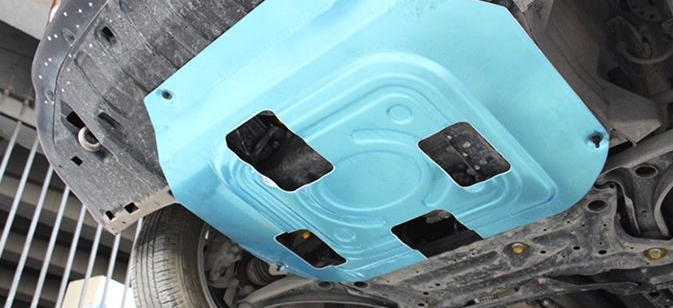
Another practical case for modified plastic is the bumper part. At present times, most of these bumpers are made with plastic materials, while PP, PC/ABS, and PC/PBT are chosen for the surface, wood and metal for the framework, and PP foams inside. But these are not environment friendly materials. Innovations made TPO suitable now for the surface, glass-fiber reinforced PP for the framework, and PP foams still for the inside. When using these materials, recycling can be processed after the bumpers are cleaned and dried.

Besides, fuel tank is also the field in which modified plastic can play an important role. Certain proportions of resin, adhesives and PA can be combined together and molded into its shape. Meanwhile, ultra-high molecular weight high density PE, copolymer PA, and EVOH resin have also been put into use for producing fuel tanks.
Currently the engine manifolds are using AIM technique on modified plastics, and in some models for Chrysler and Cadillac, glass-fiber reinforced PA is applied.
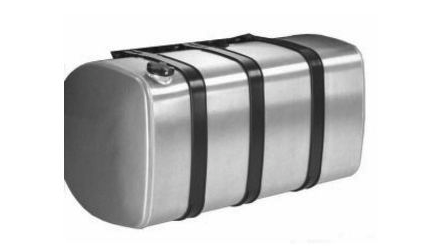
The engine will keep in a high temperature status during operation, so the components around the engine must remain in high physical strength while bearing a temperature as high as 220 degrees, but in the meantime during a cold weather, they must be capable to handle it as well. In this situation, PA66 will normally be applied to assure their performances.
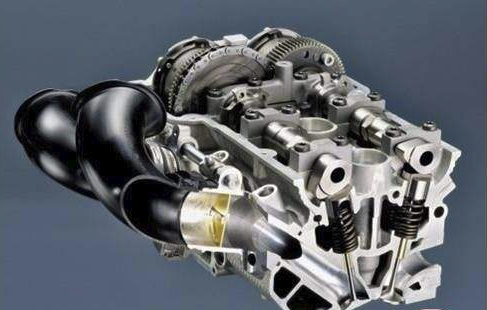
The clutch is another component which will be facing harsh working environment from high temperature and pressure of lubricants. Metal is the conventional producing material, but after continuous tests, the modified plastic has been proved to be the more advanced. A 50% of long-fiber reinforced black nylon material is used in fabricating clutches, providing more stability and greater cost efficiency.
